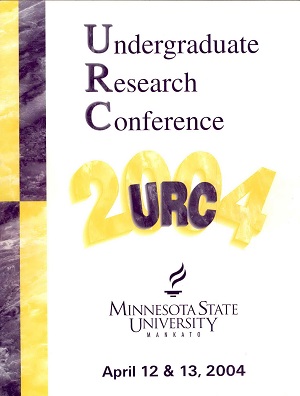A Comparison of Traditional and Course Evaluation Methods
Location
CSU 255
Start Date
13-4-2004 10:30 AM
End Date
13-4-2004 12:15 PM
Student's Major
Computer Information Science
Student's College
Science, Engineering and Technology
Mentor's Name
Warren Sandmann
Mentor's Department
Academic Affairs
Description
Student evaluation of teacher performance is the most commonly used method of measuring course quality in higher education. Because most courses are measured by the learners themselves, it is imperative that their feedback be as useful as possible. This research investigates the effect of mode on such evaluations. Does mode affect the depth, or quality, of the open-ended student responses? Students from several sections of an intro-level course were asked to participate. Each section was divided into two groups; a pencil-and-paper control group, and an online test group. The control group was administered a paper evaluation while the test group was asked to complete the same evaluation in an online environment using Assess vl.O, an anonymous survey system. Open-ended responses from both groups will be reduced to quantifiable idea units and then compared to one another. The online evaluation is expected to produce a higher number of idea units per response.
A Comparison of Traditional and Course Evaluation Methods
CSU 255
Student evaluation of teacher performance is the most commonly used method of measuring course quality in higher education. Because most courses are measured by the learners themselves, it is imperative that their feedback be as useful as possible. This research investigates the effect of mode on such evaluations. Does mode affect the depth, or quality, of the open-ended student responses? Students from several sections of an intro-level course were asked to participate. Each section was divided into two groups; a pencil-and-paper control group, and an online test group. The control group was administered a paper evaluation while the test group was asked to complete the same evaluation in an online environment using Assess vl.O, an anonymous survey system. Open-ended responses from both groups will be reduced to quantifiable idea units and then compared to one another. The online evaluation is expected to produce a higher number of idea units per response.



